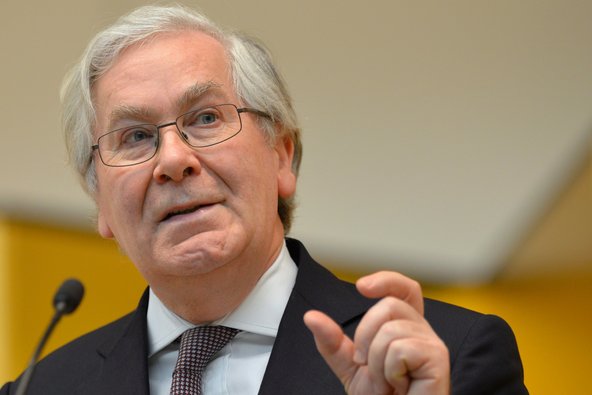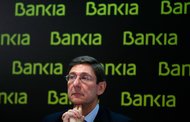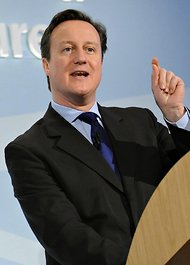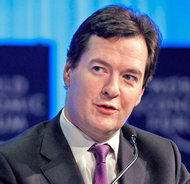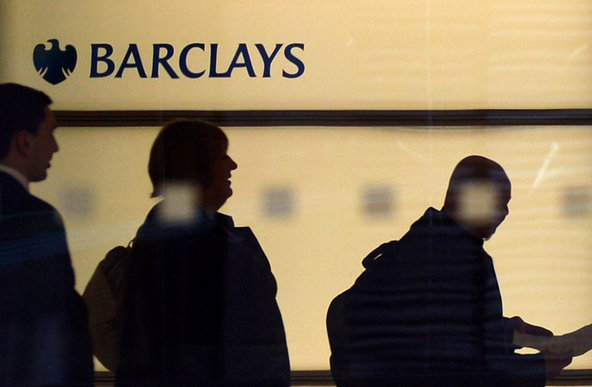One message read: “China Merchants Bank will issue a high interest financing product starting from June 28th to 30th. The product will be 90 days with a 5.5% interest rate. Please call us now.”
A day later came another. “Warm reminder: The interest rate of yesterday’s product has been raised to 6%. (Product duration is 90 days). There is limited access to this product. First come first served.”
The offers are not coming from fly-by-night operators but some of China’s biggest banks. They are raising huge pools of cash to finance a relatively new and highly profitable sideline business: lending outside the scrutiny of bank regulators.
The complex way they go about making off-the-balance-sheet loans is at the heart of China’s $6 trillion shadow banking industry, which the government is now trying to tame. Efforts to rein in the dodgy lending practices put stock markets worldwide in a tizzy in late June.
China’s regulators — and a fair number of economists, policy makers and investors — worry that legitimate banks are using lightly regulated wealth management products to repackage old loans and prop up risky companies and projects that might not otherwise be able to borrow money.
Analysts warn that shadow banking is helping drive the rapid growth of credit in a weakening economy, which could lead to — in the worst situation — a series of bank failures. “This is the biggest uncertainty I’ve seen in my 18 years following the China market,” Dong Tao, an economist at Credit Suisse, said of shadow banking. “You don’t know how banks are deploying capital. And you don’t know the credit risks.”
What banks are doing, analysts say, is pressing customers to shift money from the old, regulated part of their operations — savings deposits — into the new, less regulated part consisting of high-yielding wealth management products that can circumvent government interest rate controls and be used to finance high-interest loans to desperate customers.
China’s leaders are so worried about credit risk that last month the country’s central bank tightened credit in the interbank market, where banks typically go to borrow money from other banks.
The move sent short-term interest rates soaring, and for a day at least, created a debilitating credit squeeze.
The stock markets in China calmed down last week. But financial institutions are hinting that cash is still hard to come by. Some banks temporarily suspended lending in order to preserve cash, according to Caixin, the Chinese business magazine.
Other banks are raising cash by offering a new slate of wealth management products. Nearly every major Chinese bank sold a short-term wealth management product that had to be completed by the end of June, according to a telephone survey. China Merchants Bank did not respond to requests for an interview.
Many of the investments pay 6 percent annual interest, which is far above the highest savings deposit rate set by bank regulators: 3.3 percent.
Consumers withdraw money from their regular savings account and put it into a wealth management product that promises a much higher rate. “Usually banks will have higher-yielding products at the end of each quarter,” said Wang Yanan, a 24-year-old accountant who works in Shanghai. “If I happen to have money at those moments, I’ll buy some.”
Though the products are popular, their disclosure is often poor. Bank employees insist the principal is guaranteed, but contracts for wealth management products are usually vague, simply noting there could be risk. Most offer little detail about where the money will be invested.

Article source: http://www.nytimes.com/2013/07/02/business/global/loan-practices-of-chinas-banks-raising-concern.html?partner=rss&emc=rss
